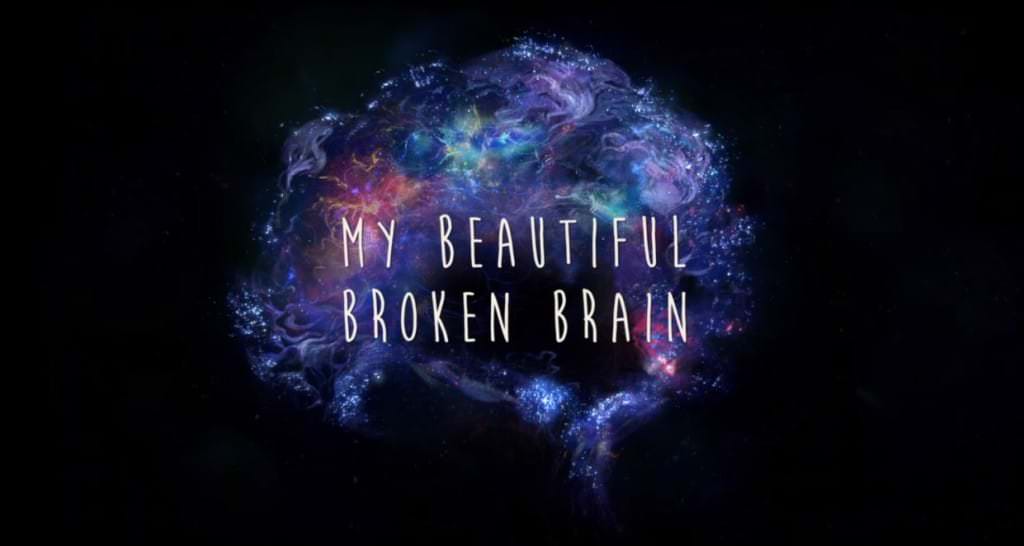What is imposter syndrome? It is a phenomenon where an individual feels they are not competent enough as others may see them. This can lead to the fear and worry of others possibly finding out, when in real life, may not mean anything to people. This is a common thing to have as a Level II fieldwork student or entry-level OT practitioner. In addition there are ways to cope with imposter syndrome on a daily basis. One being to reflect on what was learned throughout the didactic portion of school and relate it to the current situation. Another way to cope is to accept the positive feedback and compliments for the handwork being done. Furthermore, seek out mentorship, because this is a very important learning experience that will increase our clinical skills and allows for us to feel more confident in our practice. Lastly, perfectionism can be a strength as well as a weakness and acknowledging that will go a long way.
There is a quiz that I had the opportunity to take called the Imposter Phenomenon Rating Scale Test. After answering the 20 questions, I found myself to be in the score between 41 - 60 meaning the respondent has moderate IP experiences. In reality, I do feel that I am about min-mod when it comes down to it. It is something I can work, as stated above. I have also been feeling imposter syndrome leading up to my first Level II fieldwork. I can only hope that as I go in to this new stage of life that I learn and grow from my opportunities I will be given and decreasing my IP score.

